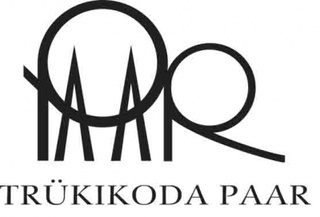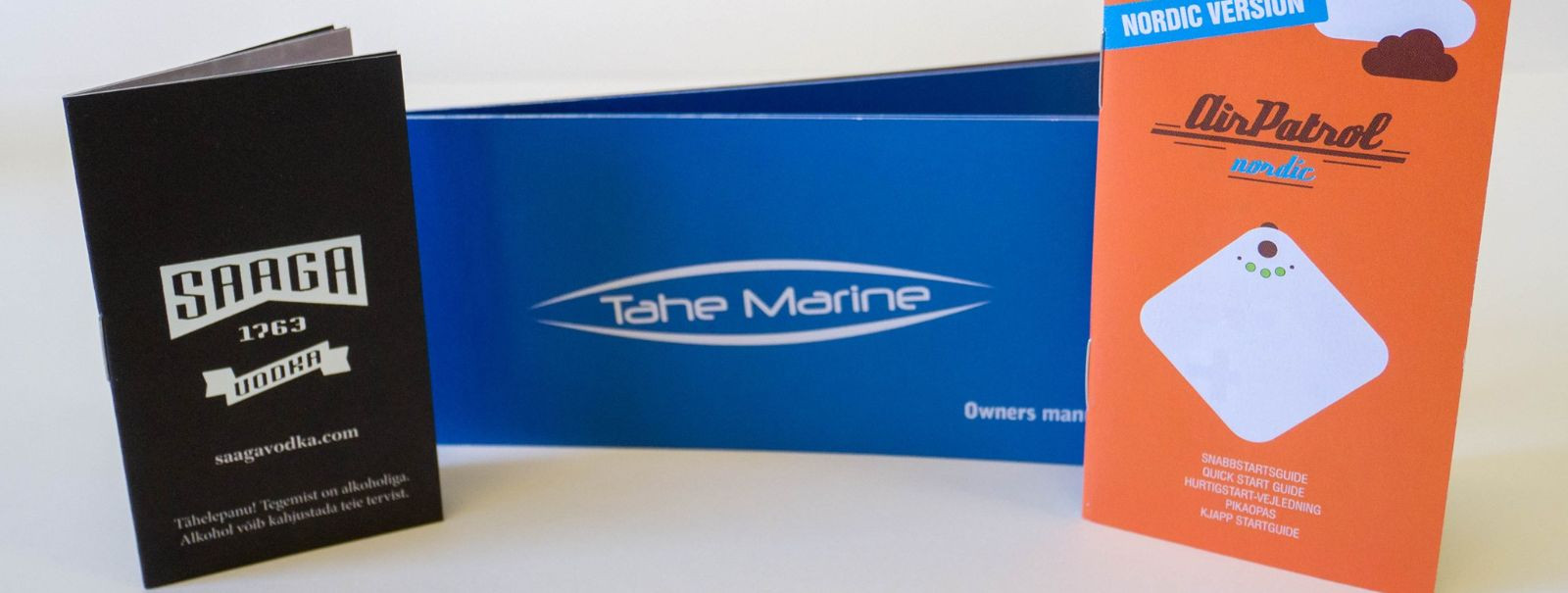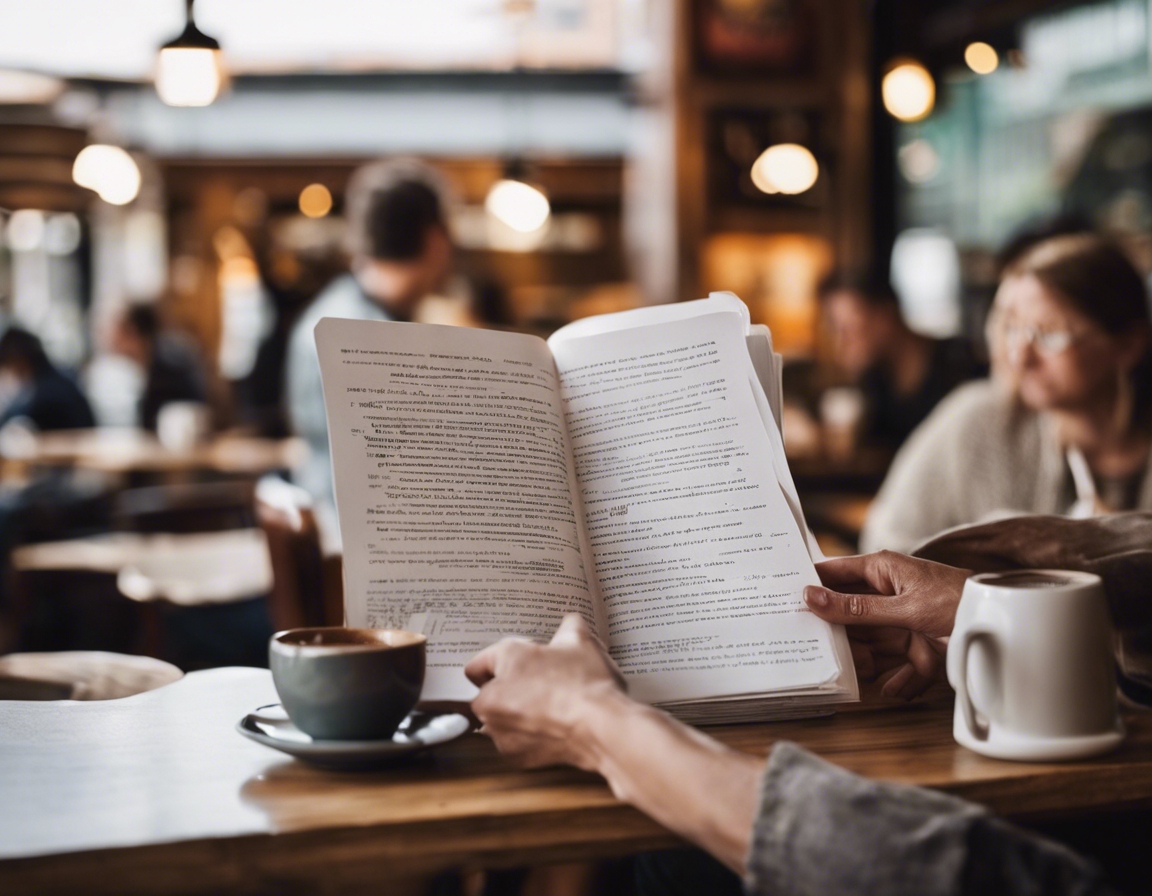The ultimate guide to choosing the right binding for your project
Binding is not just a finishing touch; it's a crucial component of your printed project that affects usability, durability, and presentation. The right binding can elevate the perceived value of your materials, ensuring they are both functional and visually appealing.
From traditional methods like saddle stitching and case binding to modern techniques like wire-O and thermal binding, the options are plentiful. Each type offers unique benefits and limitations, which we will explore in this guide.
Factors to Consider When Choosing a Binding Method
Whether you're creating marketing brochures, company reports, or educational materials, the purpose of your document will guide your binding choice.
The physical dimensions of your project play a significant role in determining the most suitable binding method.
For materials that will be frequently used or need to withstand wear and tear, durability is a key factor in your decision.
The visual impact of your binding choice can greatly influence the overall impression of your project.
Cost considerations are always important, especially when balancing quality with financial constraints.
Detailed Overview of Binding Types
Saddle stitching is cost-effective and ideal for smaller booklets and magazines. However, it has limitations with thicker documents.
Perfect binding offers a clean and professional look, suitable for a variety of projects, including novels and catalogs.
Wire-O binding is durable and allows documents to lay flat when open, perfect for manuals and notebooks.
Spiral binding is versatile and cost-efficient, making it a popular choice for workbooks and recipe books.
Comb binding is flexible and allows for easy page addition or removal, ideal for reports and presentations.
Thermal binding provides a sleek and strong finish, often used for business proposals and portfolios.
Case binding is the hallmark of hardcover books, offering the highest level of durability and a classic aesthetic.
Environmental Considerations in Binding
Selecting bindings made from sustainable materials can reduce your project's environmental footprint.
Understanding the recyclability and reusability of different binding methods is essential for eco-conscious decisions.
Expert Tips for a Successful Binding Project
Partnering with a reputable printer like PAAR OÜ ensures access to expert advice, quality materials, and precise execution.
Avoiding common pitfalls can save time, money, and ensure the success of your binding project.
Choosing the right binding extends the life of your documents and enhances their functionality.






Comments (0)